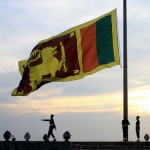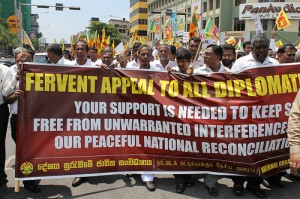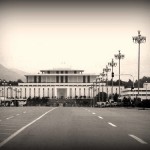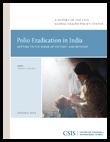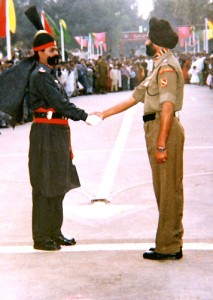
April 10, 2012: Four months ago, Pakistani president Asif Zardari’s trip to Dubai for medical treatment sparked intense rumors of a military coup. Last weekend, Zardari lunched in Delhi with Indian prime minister Manmohan Singh and was photographed wearing a flamboyant turban at a renowned Sufi shrine at Ajmer in Rajasthan. What happened and what does it mean?
No one, least of all two longtime observers of the South Asia scene like us, expected to see India-Pakistan relations transformed by this Easter Sunday luncheon in New Delhi, the first meeting in a bilateral setting between the top leaders of India and Pakistan in seven years. But the brief summit session usefully highlighted the accelerating strengthening of ties over the past year or so. It also raised hopes that further progress can be achieved if the two sides persist in the sensible, unspectacular approach they have recently followed. Continue reading “Manmohan Singh and Asif Zardari: A Hopeful Encounter”


